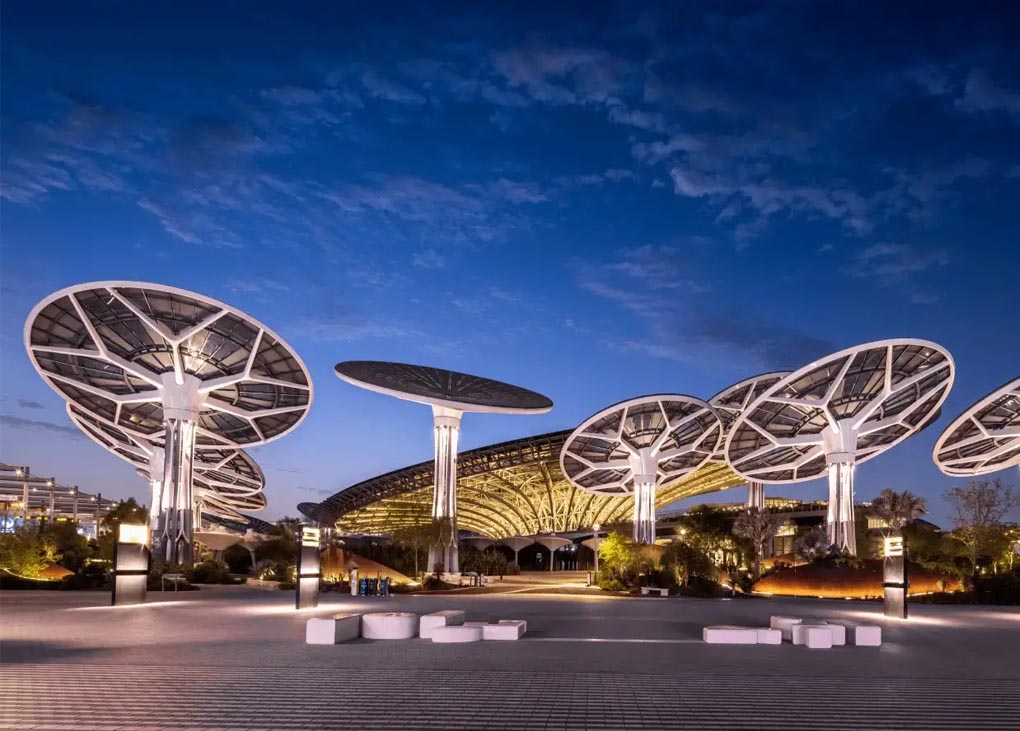A worldwide initiative to reduce cooling-related emissions is set to be launched at COP28, slated for November 30 to December 12 in Dubai.
Known as the Global Cooling Pledge, the initiative represents the world’s first collective focus on reducing energy emissions from the cooling sector. It comes in response to growing access to and demand for air conditioning worldwide. According to the World Economic Forum, emissions from both the refrigerants and the energy used in cooling now account for about 7 per cent of global greenhouse gas emissions, and are expected to triple by 2050 as temperatures continue to rise.
The headline goal is to slash cooling-related emissions by at least 68 per cent by 2050, compared with 2022. Other commitments outlined in the draft pledge are establishing minimum energy performance standards for air conditioning by 2030, and including cooling emissions in countries’ Nationally Determined Contributions under the Paris Agreement.
Signatories would also need to publish their own national cooling action plans by 2026, and to commit to supporting the deployment of highly efficient air conditioning technologies.
The COP28 Presidency, held by the United Arab Emirates, is leading the pledge alongside the UN Environment Programme’s (UNEP) Cool Coalition. More than 40 countries have been asked to commit to the pledge, including China, India and the United States.
More information on the launch of the Global Cooling Pledge is available at the COP28 website.
 Mark Vender
Mark Vender


Leave a Reply